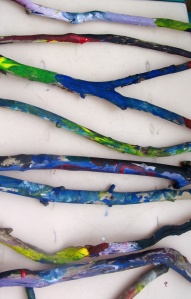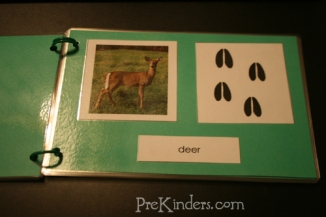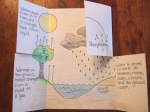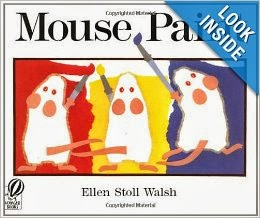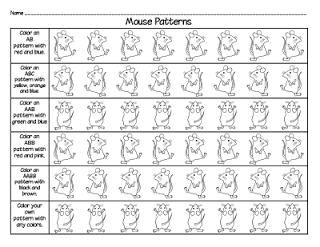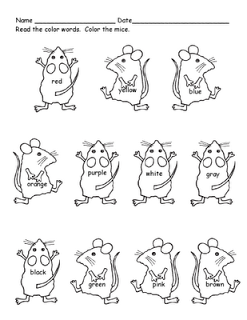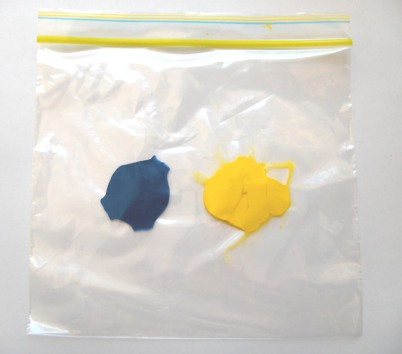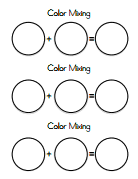WEBSITE: http://tekyteach.blogspot.com/2011/08/cloud-inspector.html
This Website has a great tool to give to kids to start looking at clouds. Most of us have asked kids to find shapes in clouds. Now, you can ask to discribe them and characterize them.
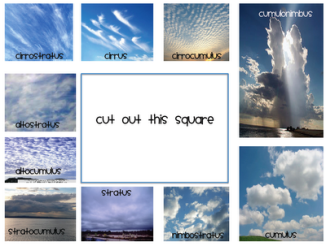
DIRECTIONS:
Print this out on card stock and cut out as directed
Laminate to make it last for the lesson and maybe the next class
Glue or tape a popsicle stick or craft stick to cloud viewer
Go outside and start looking for clouds.
LEADING QUESTIONS:
What does that could look like?
What do you think cloud are made of?
What kind of weather does this cloud represent?
If you see this cloud what kind of weather should we look for/predict?
RESEARCH:
Use books, videos, songs, and charts of weather to help children find the information to actuarially answer these questions.
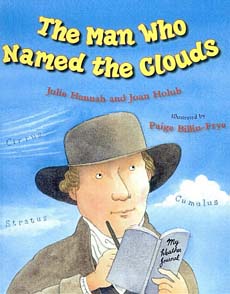
Luke Howard isn’t exactly a household name, but the cloud classification system he came up with is quite well known. Howard lived in 18th century England, and was fascinated by clouds, even as a child. This title captures his wonder and chronicles his journaling and classification efforts. Readers learn about the different types of clouds, and might even be inspired to keep a cloud journal too. (Could be a fun class activity!) The watercolor and ink cartoon illustrations are cute and add an age-appropriate lightness to the subject. Booklist ended its review of this title by calling it “an attractive combination of biographical narrative and weather science.” We agree.

This Let’s Read and Find Out Science title covers the 10 different types of clouds and how to forecast the weather just by looking at them. Spreads feature kids engaged in outdoor activities, with a featured cloud type depicted above them and a few sentences about what makes that cloud type unique. Rockwell has provided just enough information for children in grades 1-3. (We’ve bumped the interest level up a bit from the publishers recommendation of “preschool and up.”)

This book is a simple introduction to clouds for young children. It covers all the various cloud shapes. The illustrations are both colorful and interesting.
POSTERS:
This is a great poster to hang up on a window so create an inviting and curious environment to promote cloud classification.







